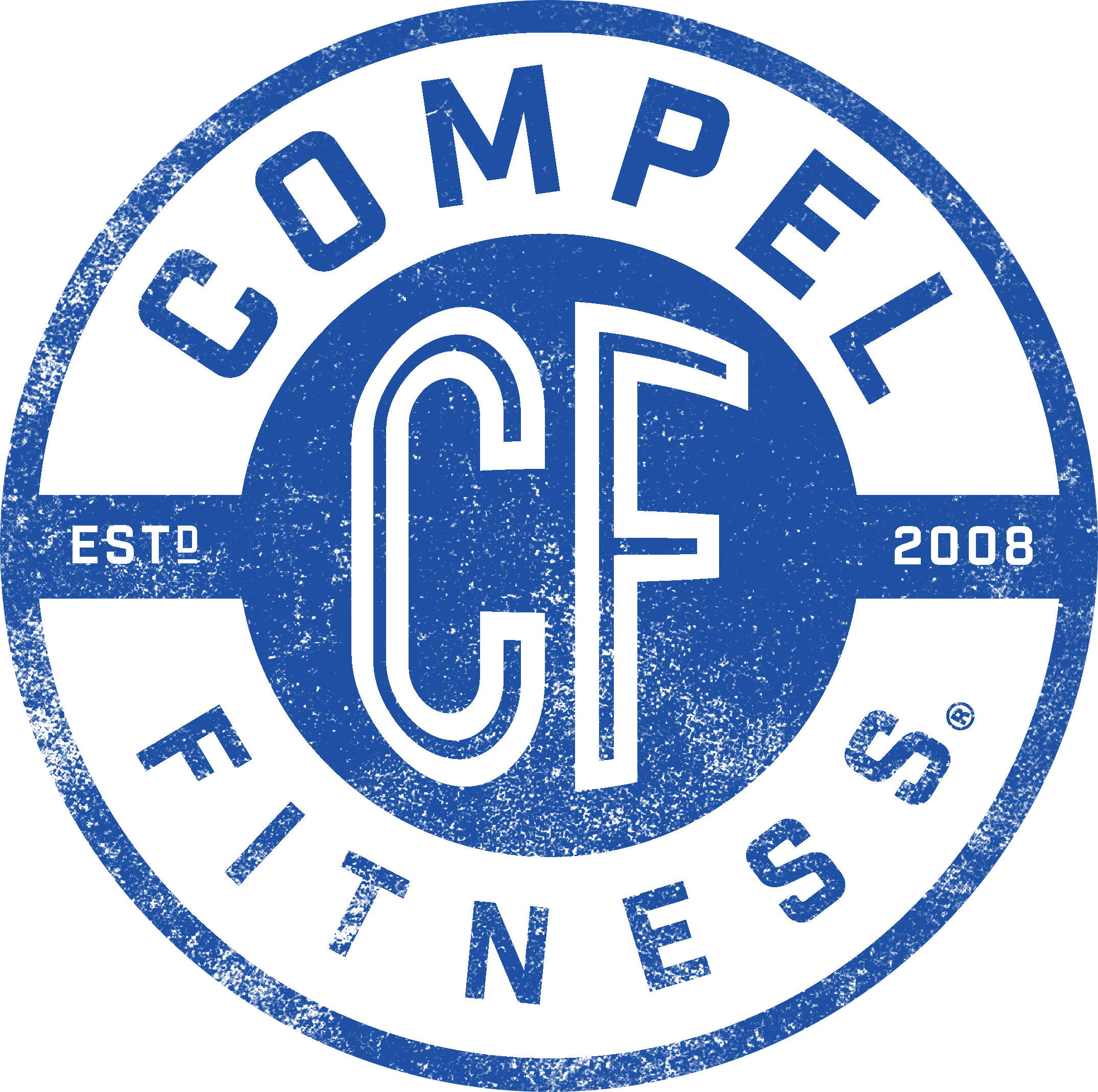What is the Most Effective Cardio Technique to Lose Weight and Shed Body Fat?
What is the Most Effective Cardio Technique to Lose Weight and Shed Body Fat? Cardio for Weight Loss: HIIT vs. Steady State Cardio
Cardio is such a hot topic in fitness magazines and articles nowadays. Some claim that hours of cardio are best while others say it’s best to do none at all. Some claim that 20 mins of high-intensity interval training(HIIT) is more effective than 60 mins of steady state cardio. With so much different advice out there and passionate people on both sides of the fence, we’re not surprised if you're a little confused or your head is spinning. That's why our personal trainers are going to break it down for you. We’re going to explain why cardio, along with weight training and a healthy diet, is crucial to sustained weight loss and maximizing your health and fitness level. We will also discuss the differences between steady state and HIIT training to determine which technique is best for you.
Why is Cardio Important? The heart is a muscle, just like any other. If we want to strengthen it, our fitness trainers will need to help you challenge it with cardiovascular(aerobic) exercise. That being said, the numerous benefits of aerobic exercise range beyond the heart:
* Reduces stress- Aerobic exercise reduces levels of stress hormones inside our body, such as adrenaline and cortisol. It also stimulates endorphin production, chemicals in the brain that block the transmission of pain signals inside our body and produce a euphoric feeling (aka, it makes your feel good!).
* Improves blood pressure and cholesterol- Even 40 minutes of moderate-intensity aerobic activity 3 or 4 times per week has been shown to improve blood pressure and cholesterol levels, thus decreasing the risk of a heart attack and stroke.
* Burns calories and improves weight loss- Cardio exercise increases the number of mitochondria, the “powerhouse” of our cells that are responsible for our energy metabolism and play an important role in fatty acid oxidation(fat loss). Increasing our mitochondria will help us burn fat more efficiently.
High-Intensity Interval Training HIIT, which stands for high-intensity interval training, is a workout technique that alternates between short periods of intense, vigorous exercise(~90% of max heart rate), followed by a longer period of recovery. An example of this is 20 secs of sprinting, followed by 60 secs of walking to recover. It's a very effective and time efficient method to aerobic exercise(usually lasts 15-25 minutes). This method of training can be applied to many different types of cardio equipment, such as a treadmill, bike, elliptical, battle ropes, barbells, etc.
Recent studies show that HIIT triggers a reaction called Excess Post-Exercise Oxygen Consumption (EPOC). The high intensity of the workout takes our heart rate up to near maximum, drastically increasing your body’s need for oxygen. After the workout, our bodies are still trying to recover from the oxygen deficit, which causes an increase in our bodies metabolism. Studies show that the effects of EPOC can last up to 36 hours after a HIIT session, thus increasing our calorie burn even when we leave the gym!
Steady State Cardio On the other hand, steady-state cardio is what most people are used to. Generally, it is described as a low-moderate intensity(~65% of heart rate max) workout lasting 30 or more minutes. The intensity of the workout remains relatively consistent throughout the session. This can be anything from a slow jog outdoors, to walking on an incline on the treadmill for an hour, to going for a leisurely bike ride through the park. While this is typically a longer type of workout than HIIT, there are numerous benefits that are associated with it.
Steady state training burns a great deal of calories during the session and can often be done more frequently than interval training, due to the many low-impact options. It is a great choice for beginners who are brand new and still adapting their bodies to exercise. This type of aerobic exercise can drastically increase your endurance levels and improve overall heart function.
The Verdict So what is the best technique for you? Which one is going to help you burn more body fat. The answer is...it depends on your body and your fitness goals. If you don’t have much experience exercising, steady state cardio might be a great option until your fitness level improves. If you are no stranger to the gym, try mixing up your cardio sessions by including some HIIT sessions throughout the week. Personally, I love to include both types of training into my weekly routines! I feel free on my bike and love going for 40-mile group rides with friends. I also like that I can still squeeze in a great cardio workout on my busy days by doing a HIIT session. The higher metabolism effect after my HIIT sessions, combined with my 2000 calorie bike rides helps me maximize my fitness level and make the most from my cardio sessions.
In the end, the best technique is the one that you will actually do! Some people love their long runs on the weekends and others can’t bear the thought of being on a treadmill for longer than 30 minutes. Regardless of which technique you choose, know that cardiovascular exercise, along with resistance training and a healthy diet, should be part of your weekly routine. After all, we are only given one body, so why not take care of it today and set ourselves up for a healthier, happier tomorrow? Our personal trainers in Washington, Virginia, Michigan, Maryland and Pensylvania can help you determine the right method for your body type and your goals and help you get started. Learn more about our services that can help you meet your fitness goals today!
Compel Fitness Quality Control Director Tom Daubert, M.S.
As always, be sure to consult your doctor before starting a new diet or exercise program.
